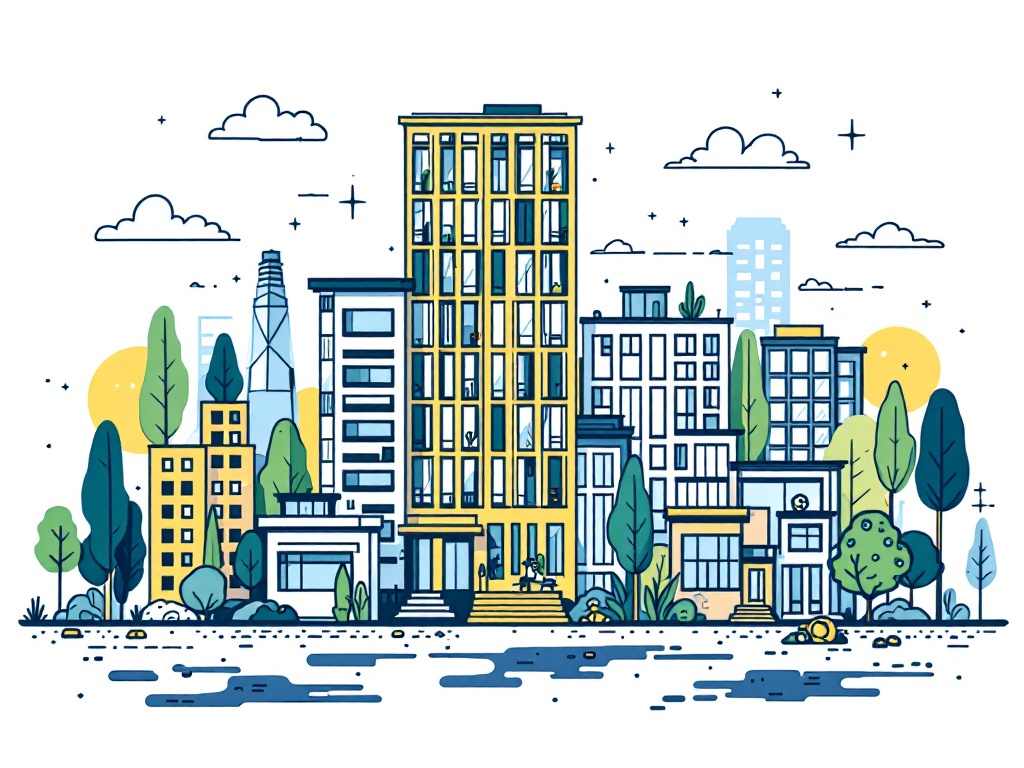Eco-Friendly Elastomers Drive Green Building Trends

Dublin, Monday, 14 April 2025.
Global construction sees a significant shift towards sustainable materials, with eco-friendly elastomers and TPEs gaining traction due to environmental awareness and regulatory support.
Rising Demand for Eco-Friendly Elastomers
The global construction sector is witnessing a significant surge in demand for eco-friendly elastomers, driven by heightened environmental awareness and regulatory measures aimed at promoting sustainable development. The market for construction elastomers, including thermoplastic elastomers (TPEs), is projected to grow from USD 7.91 billion by 2030, with a compound annual growth rate (CAGR) of 5.9% from 2025 to 2030 [1]. The rapid urbanization and infrastructure development in emerging economies, such as those in Southeast Asia, Latin America, and Africa, are key drivers of this growth [1].
Technological Advancements
Technological advancements have played a crucial role in the growing adoption of eco-friendly elastomers. These materials are preferred for their flexibility, durability, and weather-resistance properties, which make them suitable for various construction applications, including sealing systems and roofing membranes [1]. Innovations in elastomer formulations have improved their performance in aspects such as UV resistance, temperature stability, and chemical resistance, addressing specific challenges in the construction environment [1].
Market Trends in Sustainable Development
Sustainability trends are significantly impacting market dynamics as consumers and developers increasingly prioritize materials derived from renewable resources. The ethylene propylene diene monomer (EPDM) segment has emerged as a leader, accounting for the largest market share over 23% in 2024, and is expected to grow at a CAGR of 6.7% during the forecast period [1]. Additionally, the residential application segment dominated the market in 2024, with a revenue share exceeding 42%, and is projected to lead with a CAGR of 6.6% [1].
Encouraging Eco-Friendly Alternatives
The continued push for eco-friendly alternatives has extended beyond elastomers to include other sustainable building materials. In parallel, the adoption of eco-friendly geopolymer mortars as substitutes for ordinary Portland cement is growing, primarily due to their reduced carbon footprint and use of industrial waste materials [2]. These materials demonstrate enhanced antimicrobial properties and structural longevity, making them appealing for use in microbial-prone environments [2].
Conclusion and Future Implications
As the global demand for sustainable construction materials continues to rise, the strategic integration of eco-friendly elastomers is set to revolutionize the industry. With regulatory frameworks and technological innovations propelling this growth, the sector is positioned for continued expansion. Developers embracing these materials not only contribute to environmental sustainability but also gain competitive advantages in a rapidly evolving market landscape [1][2].